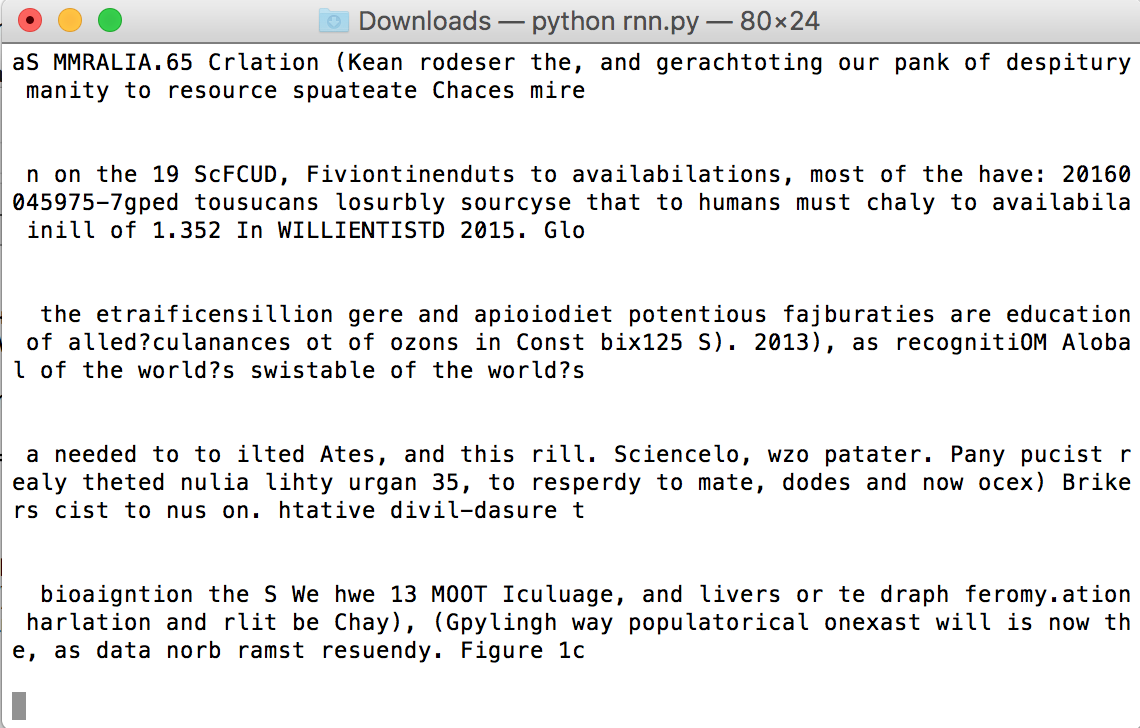In my last post, I was thinking a lot about time, and the Panaceans’ efforts, if not exactly to freeze it, then to erase some of the usual markers of its passing.
I drew a parallel with modern mindfulness and ‘slow’ culture movements, but I think we can go a bit further.
Today we seek solace from the rush of anxiety-inducing information (the rush itself just as much as the information) through activities perceived as healing and positively challenging – things like yoga and mindfulness.
The special thing about these activities is that they offer hope through a kind of internal pacing. They connect the rate of time’s passing to the workings of the body, even suggesting we can learn to recover time before it’s lost. As a generation we’re keen to feel we’ve caught up with time, and if we can’t catch up, we’ll opt out. It’s as though mortality itself is just a matter of personal perception these days.
It’s a cliché that people are getting more self-obsessed (and I can’t work out if it’s the problem or the coping strategy) but it does seem to be true that, more than ever, we look inward for answers. By contrast, I think the Panaceans had a much more permeable and depersonalised sense of self, and their interface extended well beyond their individual bodies, right up to the walls of their campus. With no line marking out this multipurpose threshold (body/space, self/group, life/death), ideas must have seemed to permeate mysteriously from other realms. It must have felt precarious and exciting, this existence, and I’m starting to see why the situation demanded an environment that was so carefully calibrated. The processes and reflective monologues that give us our sense of internality and rhythm were externalised, and the Panaceans were compelled to continually tweak a sort of spiritual thermostat in an effort to keep pace with the flow of mysteries.
We instinctively look inward, now, certain that both worries and their remedies originate inside us as individuals. If the instagram slogans are right, then happiness is nothing more than a matter of attitude, a case of reaching inside and turning up the brightness. Suffering isn’t a choice we can opt out of, but in a psychopathic bit of sleight of hand, we’re told suffering isn’t the problem anyway. The problem is our response to it – if we can detach our ‘self’ from our reactions and then swap out our bad feelings for smiley ones, we’ll be fine.
How arrogant, and how crippling, the pressures we’re sure we can bear! It seems to me that our belief in the power of regulating our minds and bodies, and by extension our belief in our ability to one day transcend personal suffering, is every bit as strong and speculative as the foundational creed of any religious sect. A worldview based on individualism is no more rational than one based on a collective, and indeed the latter has some obvious advantages.
Back to that Jackdaw for a moment.
The replacement servos arrived this week and the bird robot is repaired and working properly. Here’s a video of Version 1, in action. Version 2 is coming!
This week I acquired some code which runs a learning algorithm on a given chunk of text, and gradually ‘learns to write sentences’, based on the data it’s been provided with. It spits out phrases which start out as unreadable gobbledegook, and become slightly more compelling gobbledegook over time.

Also this week, a report was published called “A Scientists’ Warning To Humanity” – a dire warning imploring governments and other influencers to pay attention to the state of the planet and signed by 15,000 scientists. I fed this letter to the algorithm along with a big chunk of Joanna Southcott’s predictions. I didn’t really know what would happen, but by clashing the two together, hoped we’d get some interesting turns of phrase. With luck, the words would befit a contemporary environmental mystic reincarnated in a robotic corvid.
It turns out, when modern apocalyptic warnings meet 18th century prophesy, all hell breaks loose. Here are some of the dire warnings issued to us by the AI this week:
In human canglations ramic bead of the man of need!
Depleticale sciencess!
Humanity iminged ur out
x be populations and by avers earth
Fun the wars!
Expoluted stabingin proten, that cos of the environmentain grourlentpockaties.
We must des of the Univers and life
A justimal required mend of Science and Science
As Bird I Stund them all!
What can it be trying to tell us? In seriousness, I think what’s interesting about these ‘prophesies’ is that they do have currency as a way of thinking about a range of current situations. Like tarot or horoscopes, some of the phrases bring just the right mix of recognisable imagery and otherworldly mystique to set our imaginations off. After all, what is the imagination if not an algorithm for dredging ideas out of data? And what is cold reading, if not evidence that we do indeed share in a collective imaginative realm, populated with archetypes?
I’ve put some of my favourite phrases into the clock graphics I’ve done so far, but I’m now starting to think of some other places it could go.

Finally, I’m prototyping the apocalyptic webcam crow cuckoo clock with various live video streamers, so from time to time I’ll have live videos running on there. I’m calling the work, “As Bird I Stund them all” and you can find see it in-progress, in my ‘studio’, and (if you’re lucky) live –here.
Next steps – more graphics for the hourly events on the screen, a fancier “crow module” and a bit of thinking around this notion of the collective imagination, especially with regard to my prophesy-spewing AI algorithm…



